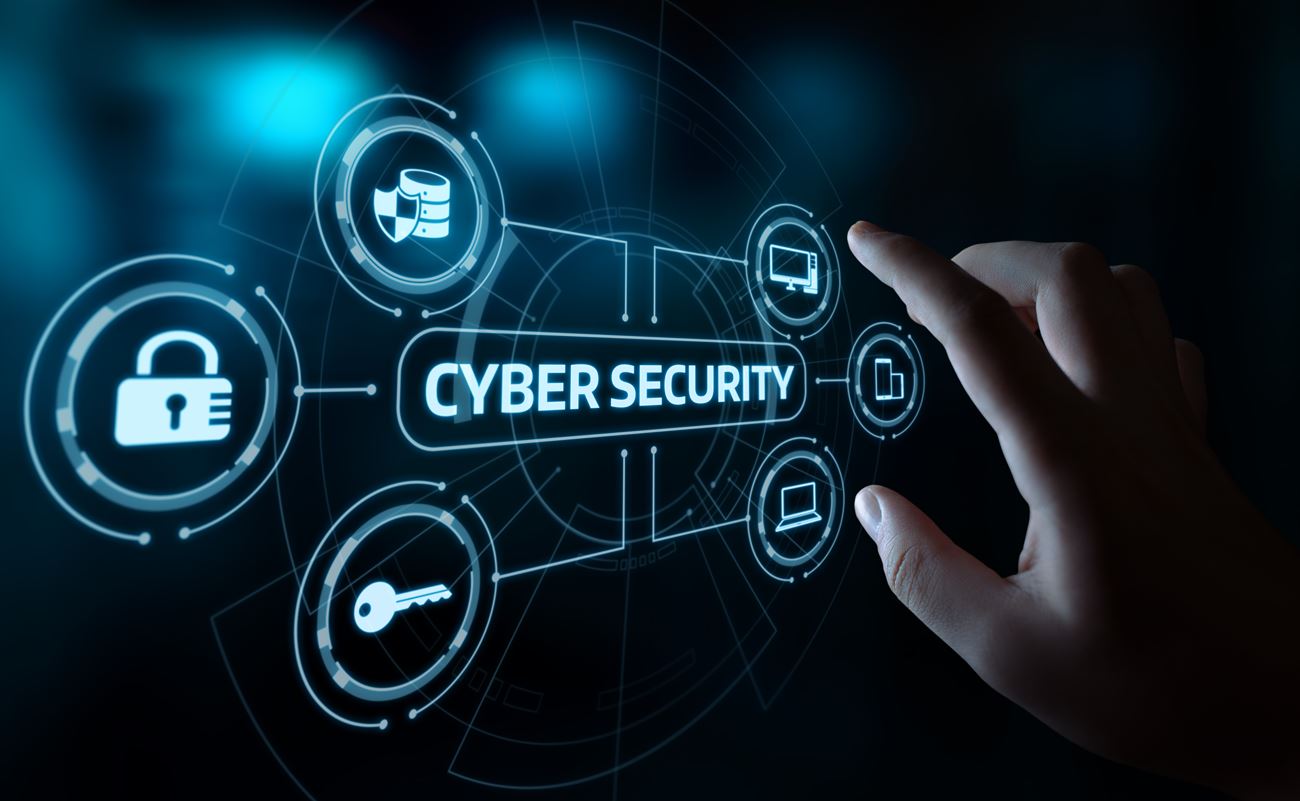How Zeytech Strengthens Security and Ensures Business Continuity
In today’s fast-paced digital landscape, ensuring the safety and security of your business is of the utmost importance. Additionally, Cyber threats and vulnerabilities are on the rise, making it essential for every organization to prioritize cybersecurity resilience strategies.
What is Resiliency in Cybersecurity?
Cyber resiliency is essential for an organization’s capacity to anticipate, tackle, and bounce back from cyber threats, ensuring seamless operation. Importantly, it embodies a forward-thinking stance that weaves together security protocols with strategic foresight. Consequently, this approach is instrumental in finding potential vulnerabilities and reducing the repercussions of any security breaks.
Importance of Business Security:
- Protecting Sensitive Data
- Maintaining Operations
- Defending Reputation Damage
- Compliance and Legal Obligations
- Competitive Advantage
Identifying Vulnerabilities: Conducting regular vulnerability assessments and penetration testing is crucial for uncovering potential weaknesses. By finding and removing these vulnerabilities, you’re effectively staying ahead of possible threats, thus bolstering the cyber defenses of your systems. Consequently, your strategic approach ensures enhanced security measures are always in place.
Strengthening Your Cybersecurity Resilience Strategy:
- Employee Training: Educate and empower your staff to recognize and report suspicious activities, as well as to follow security best practices.
- Implementing Multi-Layered Security: Deploying a combination of firewalls, encryption, access controls, and intrusion detection systems to create a robust security infrastructure.
- Continuous Monitoring: Additionally, utilizing real-time monitoring and incident response mechanisms can help detect and respond swiftly to any security issues.
- Data Backups and Recovery Plans: Regularly back up critical data and develop comprehensive recovery plans to minimize data loss and downtime.
- Collaboration and Sharing: Engage with peers, industry experts, and cybersecurity communities to exchange knowledge and best practices in mitigating cyber threats.
Unsure where to turn with this or have questions? If so, we’d be happy to talk more about it or discuss the types of things we’re doing to keep ourselves and our customers ahead of the cybersecurity threat curve. Contact us.



